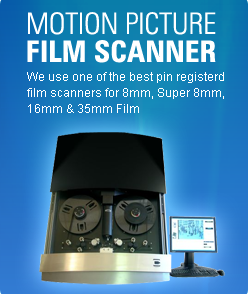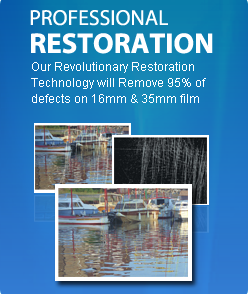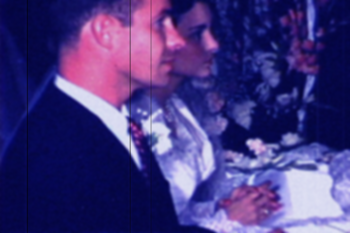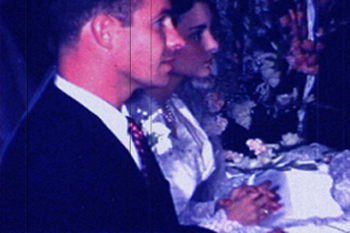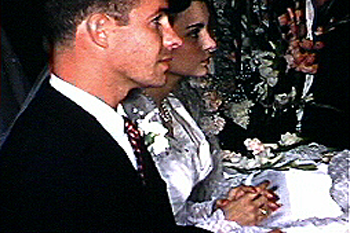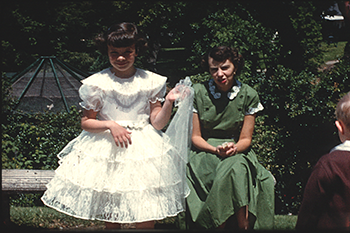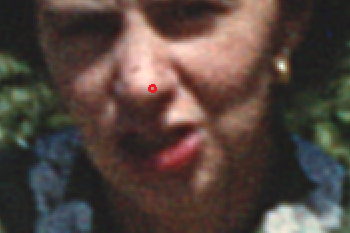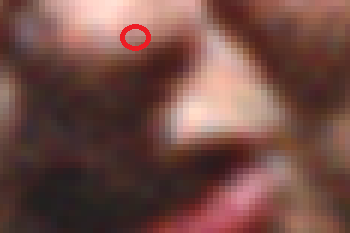
The first table shows how the same film looks using our 4 different processes. You can see that the difference can be significant for our Madison customers.
The second table presents a case for scanning 8mm and Super 8 film at 2K resolution. In the past year we have done 20 comparisons. Contrary to popular belief, we do see a noticeable difference in quality between our Pro HD and Pro 2K process on 8mm and Super 8 film.
8mm And Super 8 Film Madison |
|
SD Scan
|
|
Pro HD Scan
|
|
Pro 2K Scan
|
|
Pro 4K Scan
|
|
Film Resolution |
|
Resolution of Film |
|
Film Grain
|
|
Film Grain vs Digital Pixel
|
|
So, for example, if you are looking for the best quality DVD, scan your 8mm or Super 8 at HD. If you are looking to go to BluRay then scan your 8mm or Super 8 at 2K.
Professional films usually have access to the original camera negative in addition to work prints, answer prints, etc. It is always better to scan using the original camera negative.
Madison Fun Facts: The University of Wisconsin calls Madison home, and the city is 77 miles away from Milwaukee. Outdoor activities, distinctive cultural amenities, and fine restaurants and shopping make Madison an enjoyable place to visit or live. The city is surrounded by five lakes and boasts over 200 parks for an incredible array of cross-country skiing, biking, swimming, sailing, ice fishing, hiking, and snow sailing. It’s a city that combines aspects of urban vibrancy with small-town friendliness.
Wisconsin Fun Facts: Army General Douglas MacArthur. Wisconsin became aU.S. territoryfollowing the American Revolution and soon after began attracting settlers looking for work inits mining, lumber and dairy industries. It was admitted to the union as the 30th state in 1848.In the years leading up to the Civil War,Wisconsin was an important stop on the Underground Railroad, with manyslaves passing through the state on their way to freedom in Canada.
